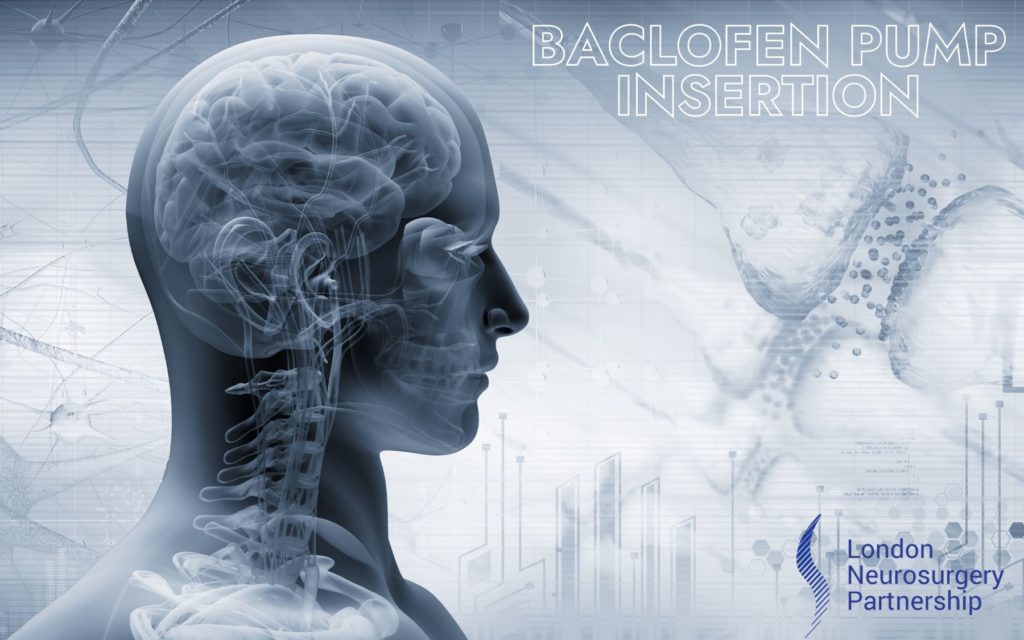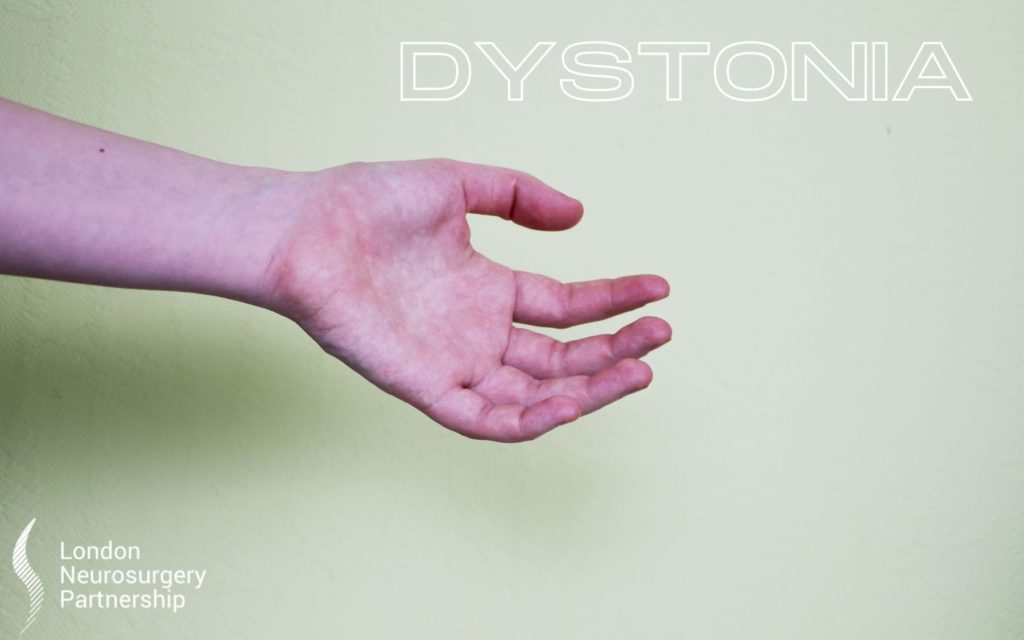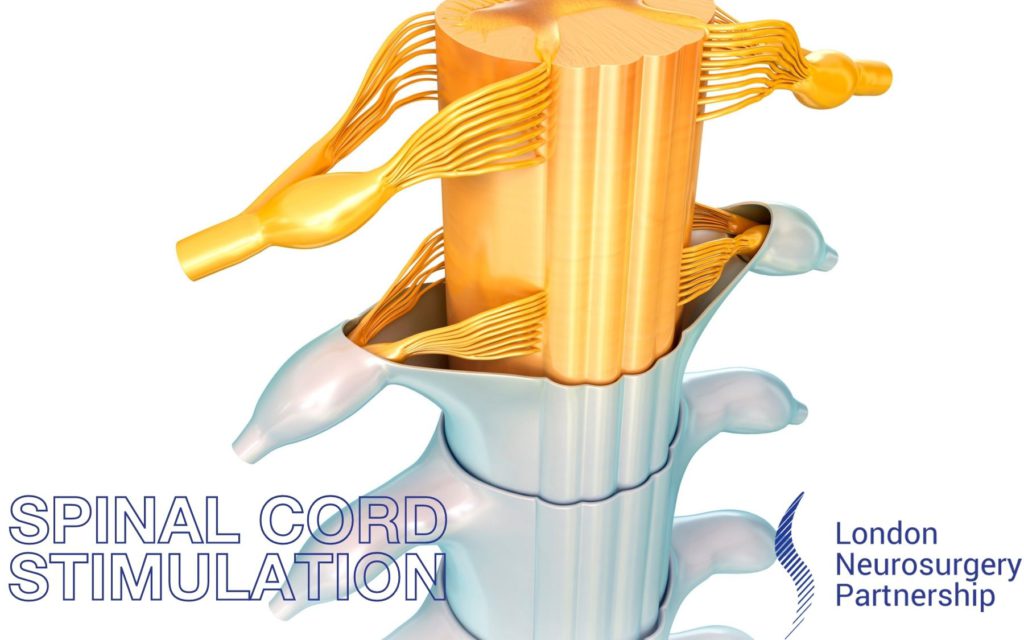
Mr Sanj Bassi explains to us all about the Baclofen pump and what they can be used to treat.
As neurosurgeons we see a wide variety of patients with differing symptoms and diagnoses. In my practice I often see individuals with conditions such a cerebral palsy and increased spasticity. Spasticity can be quite disabling and have a significant impact on quality of life.
Anything that causes damage to part of the brain can increase spasticity such as cerebral palsy, stroke, head injury and multiple sclerosis. Increased spasticity causes the muscles to go into spasm which can be extremely painful and quite distressing for the individual. Left untreated the increased muscle spasms can have a considerable impact on daily activities including walking and using arms and legs.
In the treatment of these individuals there may be the option of implanting an intra-thecal Baclofen pump which delivers a drug directly to the fluid around the brain and spine. This drug is known as Baclofen. Baclofen is a relative of Diazepam and works as a muscle relaxant. In fact, it is known as a Gaba (neurotransmitter) agonist which provides negative (inhibitory) impulses to the muscles thus relaxing them.
Baclofen can be taken by mouth however only a small amount of the drug will go into the brain and spine and therefore oral Baclofen has quite limited benefits. If the dose of Baclofen is increased enough to improve the spasticity significantly, patients unfortunately suffer many side effects of the drug such as sleepiness and drowsiness.
Since 1998 it has been possible to deliver Baclofen directly into the brain and spine at a dose that is 1000 times less than that taken by mouth. This tiny dose of Baclofen is very effective in relieving spasticity and has none of the side effects of the oral version of the drug.
The drug is delivered through a small pump which is the size of an iPhone 5. This pump is implanted in the fat of the tummy and a small tube (about the thickness of a pencil lead) is run from the pump into the spine. The operation to implant these is quite straightforward. The pump is then programmed by Bluetooth to deliver the drug continuously to the brain and spine thus improving the spasticity. The dosage can be changed and increased using the Bluetooth device.
The Baclofen pump usually holds enough drug for about 4 months of treatment and then has to be refilled with the drug using a small needle. The refilling of the pump is probably very similar to having blood taken. These pumps have a limited battery life and usually need to be changed every 8 years.
This article is intended to inform and give insight but not treat, diagnose or replace the advice of a doctor. Always seek medical advice with any questions regarding a medical condition.





0 Comments